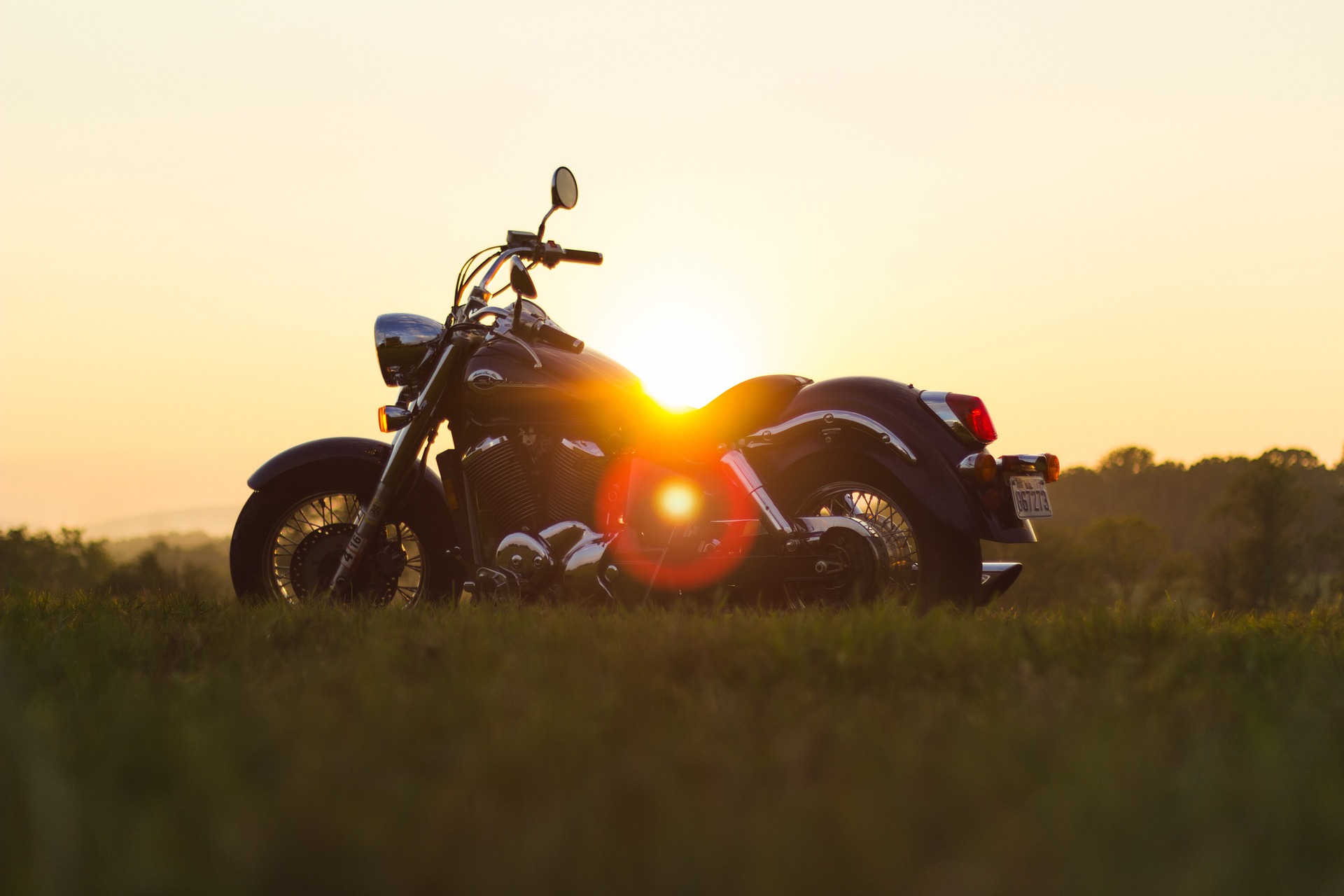
Summer Temps can Quickly Lead to Heat Stroke
It’s hard to see those bluebird skies and not want to get out and ride all day. But having a good understanding of heat related injuries can mean the difference between a good ride, and one that ends in tragedy.
Heat rash, heat exhaustion, and heat stroke are just three of the heat related injuries you may experience when you’re not fully prepared for a hot summer ride. The good news, however, is that proper prior planning can help you get out there in the summer, and cruise to your heart’s content.
When the Dangers of Heat Related Injuries Increases
It’s pretty easy to tell that as the temperature rises, the risk of heat injuries goes up. But is there a certain temperature at which you are no longer “safe”?
Actually, there is… sort of. At 93 degrees your body struggles to cool down when exposed to the hot sun. Even if you’re zipping along on your motorcycle, with the wind rushing at you, it’s this temperature (and higher) that will end up causing the most problems.
The reason: your body continues to sweat profusely. But if you’re on your bike, the air will evaporate that sweat so quickly, you don’t notice it. So, in your mind you think “no sweat; not hot”, when you’re actually depleting your water reserves.
But keep in mind, heat related injuries don’t just happen when it’s extremely hot out; they can happen at lower temperatures if you’re not prepared.
The Four Types of Heat Related Injuries
There are four main types of heat injuries; listed here from least concern to most.
Heat Rash – Heat rash is a legitimate rash that occurs on the skin. Red and raised, it makes it harder for your body to sweat, and makes sweating less effective.
Heat Cramps – Cramps are almost always caused by dehydration. Higher temperatures lead to faster dehydration. If you’re on your bike, and muscles cramp up, it’s harder to safely stop.
Heat Exhaustion – Have you ever stood up too fast and you get lightheaded? That’s an easy one, you sit back down and let your blood catch up. Heat exhaustion feels like that, but your face flushes, your pupils dilate, it’s hard to breath and you get really dizzy.
Heat Stroke – Many people think heat exhaustion is heat stroke… it can lead to it, but heat stroke is often deadly. Heat stroke happens with extreme body temperatures (103+), you get dizzy, you get confused, and many victims pass out.
How to Prevent Heat Related Injuries
The only way to make sure you don’t get hit with a heat issue is to prepare beforehand. Fortunately, there are ways to ensure your safety.
Hydrate Well: You will get dehydrated faster when riding in the heat. Make sure you’re fully hydrated before, during, and after your ride. Often that means making more pit stops to cool down and refill your water if you’re on the road for a long time.
Use the Right Gear: There are a number of different cooling apparatuses out there. Many of them simply use water to help cool you the same way your sweat does; some of them use the latest technology to stay colder.
Cover Up: While it feels great to have the wind whipping in your hair, that same wind is whisking the sweat away from you. Covering the skin keeps slows evaporation and allows you to stay cooler.
Come to Herbert & Eberstein for Your Motorcycle Accident Advice
We can prepare all we want, but when other motorists aren’t prepared, problems ensue.
If you have been injured in a motorcycle accident, or if a loved one has been killed in an accident, then we want to speak with you to help you heal.
You can call us at 214-414-3808, or you can fill out the contact form to set up your free consultation.